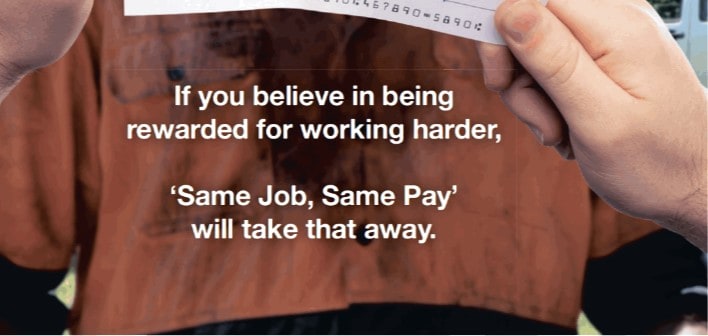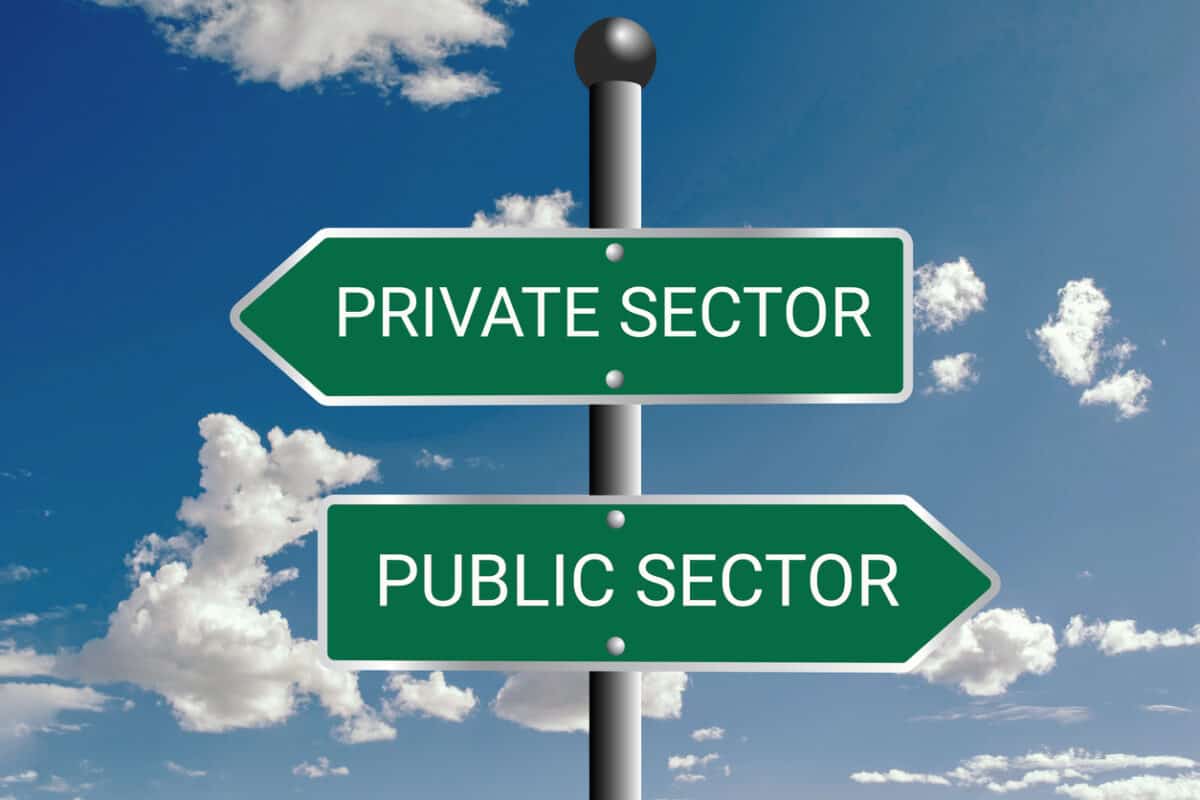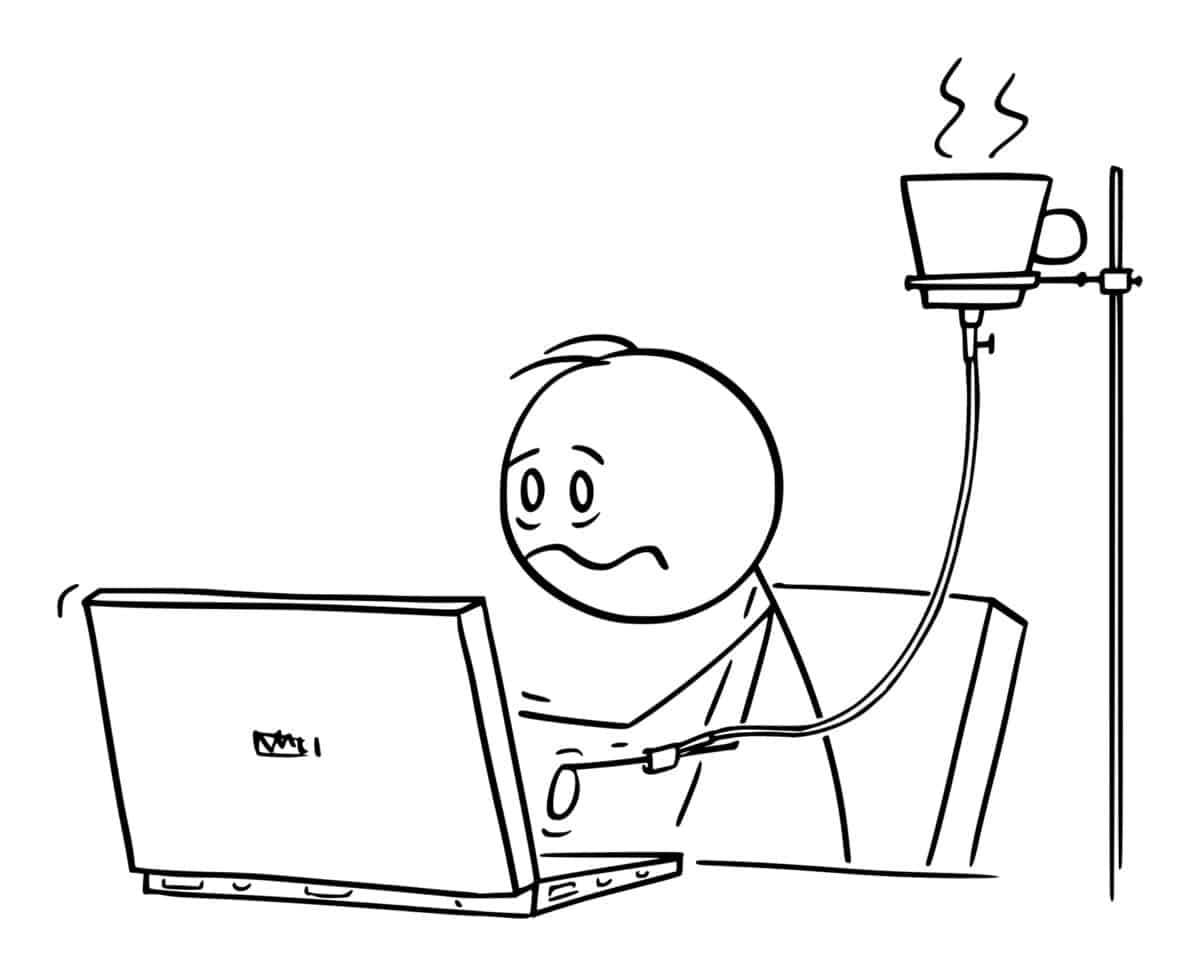A consistent, manageable workload balanced by official leave and hours allowing social reconnection and mental recharge is ideal. It is the structure on which Industrial Relations (IR) and occupational health and safety (OHS) are based. Many people struggle to achieve this ideal even when it is prescribed by workplace laws. Many jobs simply ignore this prescription. In The Age newspaper on July 15 2023, journalist Jane Cadzow wrote about one of these jobs, the “Political Chief of Staff”. The inherent harm of the job was noted in the headline:
“‘They’re driving me insane’: The 24/7 life of a political chief of staff”







